Sample information |
|
| Picture |
|
|---|---|
| Location | |
| Collection date | 03/03/2021 |
| Captive / Cultivated? | Wild-caught |
| Group | Hampton Roads Academy |
| Observations | This ant was caught in a backyard. It took a while because I was trying to not destroy the arthropod. In addition, under the when microscope, the ant was a dark brown color and its legs were weirdly bent. |
| Putative identification | Arthropoda Insecta Hymenoptera |
Methods |
|
| Extraction kit | Edwards Buffer |
| DNA extraction location | Whole arthropod |
| Single or Duplex PCR | |
| Gel electrophoresis system | MiniOne |
| Buffer | TBE |
| DNA stain | GelGreen |
| Gel images |
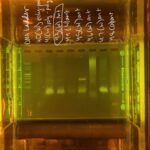
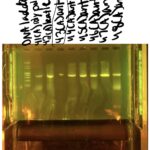
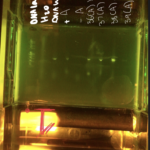
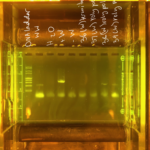
|
| Protocol notes | During my experiment, much of the lysis buffer spilled out onto the sides. In addition, the pellet was disturbed twice. The first time, I did the correct procedure and repeated the required steps. The second time, due to management, I was not able to and continued the experiment. My pellet was barely visible to the human eye and could only be seen when held up to the light. |
Results |
|
| Wolbachia presence | Yes |
| Confidence level | Medium |
| Explanation of confidence level | My confidence was medium because there was clearly a Wolbachia band, but due to my inexperience, there is no way to be sure about this. |
| Wolbachia 16S sequence | |
| Arthropod COI sequence |
|
| Summary | The Hymenoptera was found to be postive for Wolbachia. |
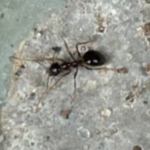 IM P7 #1
IM P7 #1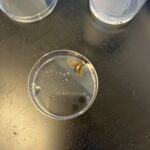 Wolbachia- Moth
Wolbachia- Moth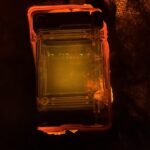 Wolbachia Project
Wolbachia Project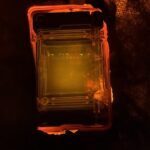 Wolbachia Project
Wolbachia Project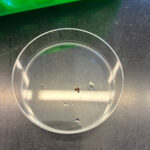 Wolbachia Lab: DNA Extraction
Wolbachia Lab: DNA Extraction